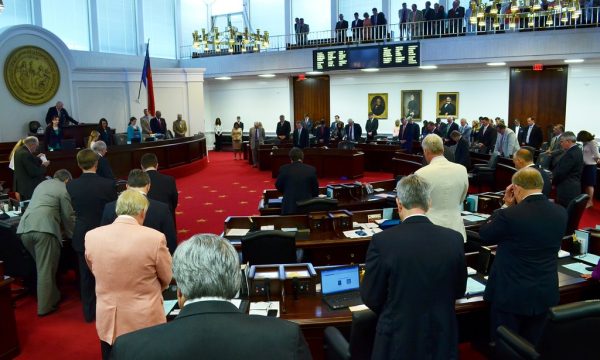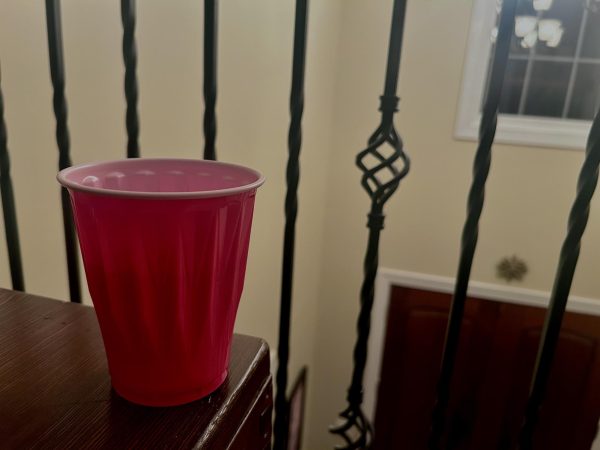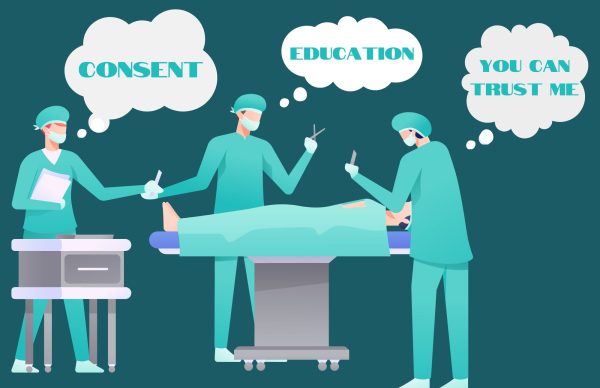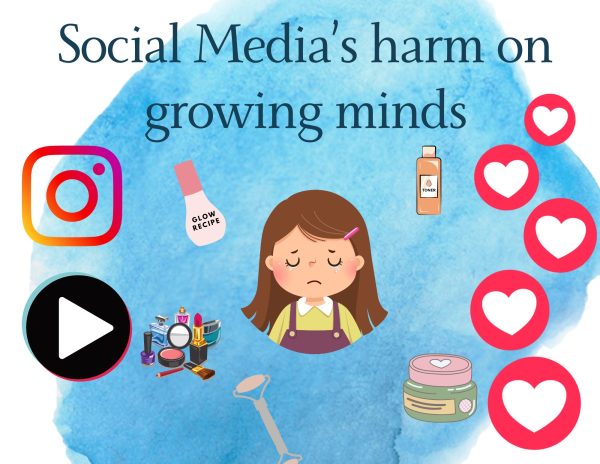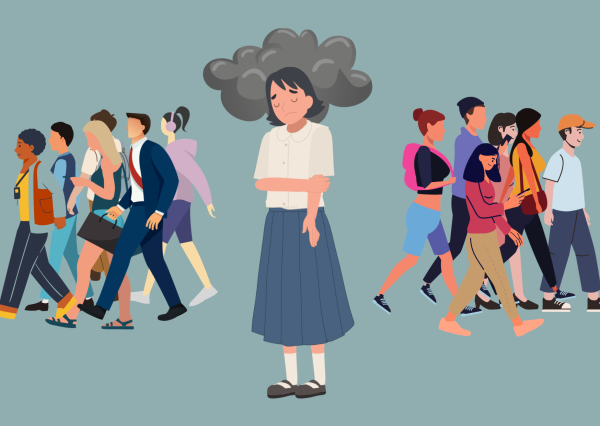Prom has become a beloved tradition, but it did not begin that way
Prom is an event every high school junior and senior looks forward to, however, in the past not everyone was invited.
Colorful gowns, limos and tuxedos, all terms synonymous with the prom. Short for promenade, the prom is a tradition for high schools across the world. Early proms had the intention to teach students about proper behavior around the opposite sex and how to act respectable. Although a time of celebration, many are unaware of its origins.
Prom was first celebrated in the late 19th century, by college students. Known as “coming out” parties, the ball’s purpose was to introduce young women to eligible men and have them experience the adult world. Not very different from debutante balls; the dance followed the same black tie dress code and was racially segregated.
Racial segregation evolved into exclusion in the 1920s, when white high schools introduced prom to teenagers and excluded students of color.
The 1950s caused a big boom for high school proms due to the post-war boom. The prom was now a mainstream celebration that young men could now invite young women to, not the other way around. Now that schools and parents had more money to spare, the prom was moved out of the school gym and into fancier, more elaborate venues (one was even held in the White House).
The 1954 Brown vs Board of Education Supreme Court case, one of the most important movements of the civil rights era, found that racial segregation of public schools was unconstitutional. But white schools in the south still wanted to keep schools segregated.
By 1970, many schools were racially integrated, however, the “separate but equal” precedent still applied. Two proms were held at high schools every spring, one for white students and another for colored students. Surprisingly, in most cases this was done by choice for both parties. In one particular example is the prom of 1970 at Charleston High School in Mississippi when white parents organized an invite-only prom for white students the same year students of color were supposed to attend. In response to this, black parents organized their own prom for their children.
Segregated proms continued strong for Charleston High School until 1997, when actor Morgan Freeman paid for the prom only if it was integrated. Six years later Wilcox County High School in Abbeville, Georgia held their first integrated prom after and when an interracial couple wanted to attend.
A common goal of inclusion has persisted every prom season, recently there was a parent-organized prom at Tremont Attendance Center, a public school in, Tremont, Mississippi, had to sign a document that banned same sex couples from attending. Students at the school say that teachers endorsed the discriminatory prom and that even the principal announced the prom, and warned students of its same-sex ban, over the announcements. When the prom’s intentions to ban same-sex couples was discovered, organizations such as the American Civil Liberties Union or Mississippi sprung into action and declared the prom unconstitutional. Sadly, this situation is eerily similar to Tremont Attendance Center’s previous prom in 2010 when prom was canceled after student Constance McMillen wanted to wear a tuxedo and bring her girlfriend.
Despite some schools being reluctant to change, many schools have made prom more inclusive than ever. For example, Johnson High School in Gainesville, Georgia has two non-binary “royal knights”, instead of a king and queen on prom night. This change came after massive backlash and controversy thrown at the school after a transgender student was not allowed to run.
The tradition of prom is a tradition that has been constantly changing since its creation and isn’t slowing down. In the 19th century, proms were racially segregated and people of color were not considered an equal by many white people. Compared to today, things have changed drastically. Although situations such as the one at Charleston High School and Tremont Attendance Center still happen, hate and discrimination at prom has been declining and the future only looks brighter.




